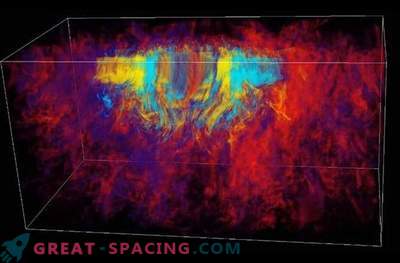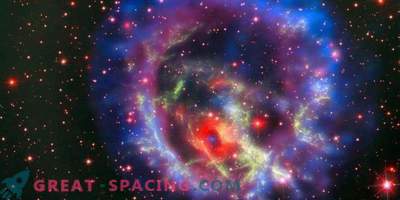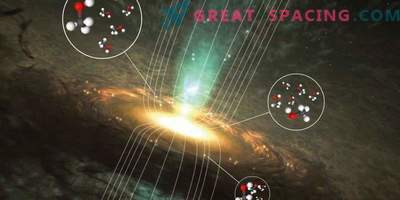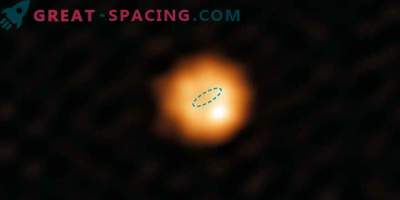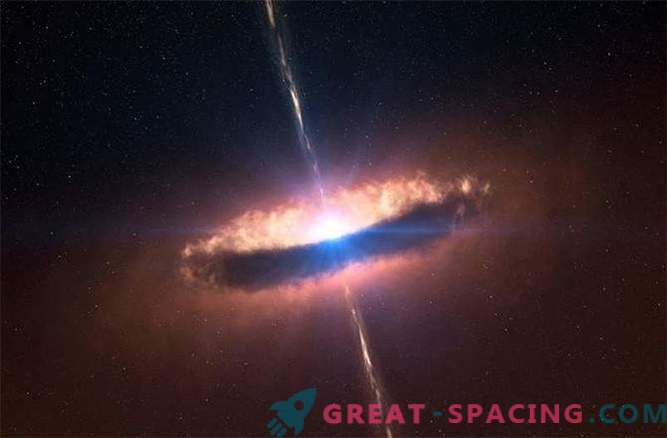
While we are discovering more and more stars that are farther and farther from us, we are not only trying to understand the entire star zoo, we are also trying to understand where we are and where we are from.
Interestingly, the answer to how our solar system appeared could be hidden in the magnetic structure of the young Sun, which gave life to a star more than 4 billion years ago.
Stars are formed in large clouds of cold molecular gas, which, under mutual attraction, ultimately form an environment so dense that a star nuclear fusion erupts inside. These coming embryonic stars - disks of gas and dust gather together to create accretion disks. It is from these accretion disks that planetary systems are formed.
However, the appearance of a magnetic field in a newborn star is believed to have a great influence on planetary formation, and the structure of the magnetic field creates a huge difference in the final structure of the star system.
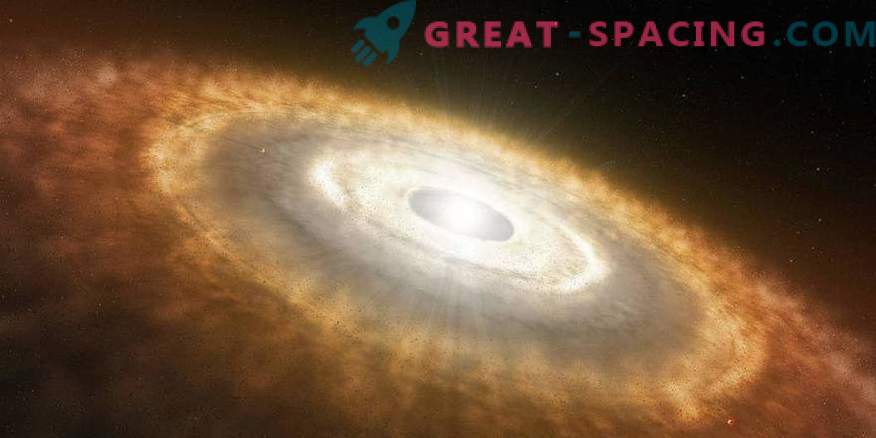
T Tauri Accretion Disk
Until now, observation of the magnetic field of young stars was not possible, but an international team of astronomers was able to measure the magnetic field surrounding the star T of the constellation Taurus, whose age is only about 1 million years. Their study was published in the journal Nature last week.
T Tauri stars are stars that go through gravitational compression, and the magnetic field of this type of stars has a strong influence on the configuration of accretion disks. Using a combined array of radio telescopes to observe in the millimeter range in California, the researchers were able to capture the magnetic structure of the T Tauri star, which is located 450 light years from Earth. Theoretical studies of the magnetic field of a newborn star suggest that it must either be “poloidal” (that is, directed along lines passing through the poles of a spherical coordinate system) or “toroidal” (that is, directed around a circular accretion disk). However, observations of the T Tauri star show a more complex structure.
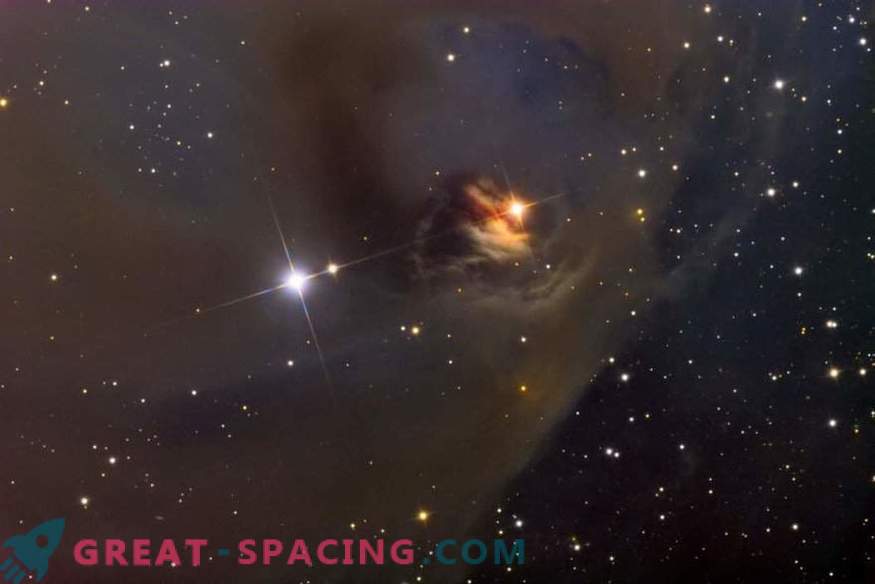
T Tauri and Hinda Variable Nebula
"The discovery suggests that the magnetic field plays an important role in the formation of the planetary system," said Wujin Kwon, a researcher at the Netherlands Institute for Space Research. "Despite the fact that the structure of the magnetic field is more toroidal than poloidal, none of the structures still fit. This is in conflict with current theoretical expectations, which indicates that the influence of the structure of the magnetic field of a young star is more complex than expected earlier. "
Currently, researchers are planning to continue work on this research with the help of the powerful Atakam Large Millimeter / Submillimeter Grid in Chile.
